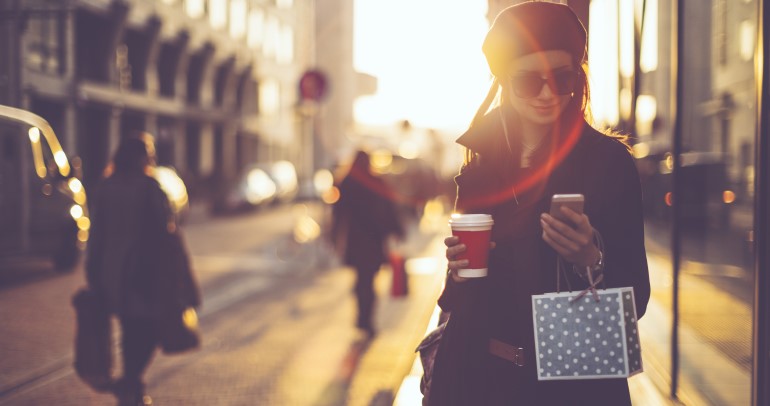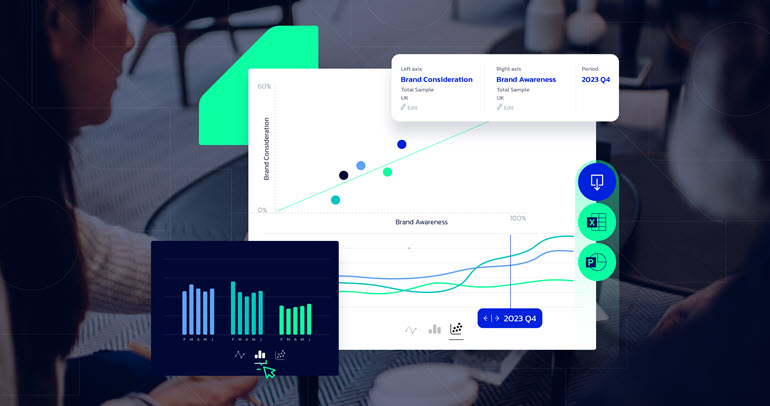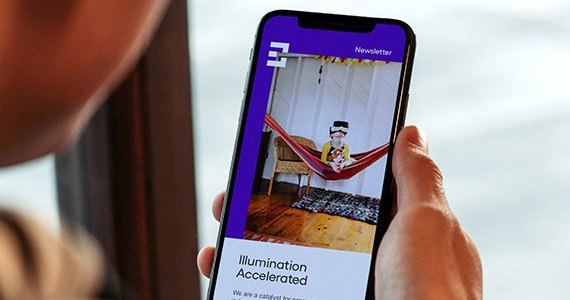
Life pre-COVID-19 feels so long ago, but it is safe to say that our purchasing behaviors have changed overnight as we shelter-in-place, maintain social distancing, and significantly curb our out-of-home shopping behaviors. We’re not dining out or meeting friends for coffee; we’re cooking at home and Zooming with friends. We’re ordering our groceries online for delivery or pickup—many of us for the first time ever—and ordering delivery from our favorite restaurants. Trips to physical stores are rushed, anxiety-filled, and fewer and further between due to this exceptional health crisis.
We’ve all heard discussions and predictions about how the COVID-19 global pandemic is going to shape future consumer behavior. Many in the consumer goods and retail industry are watching curiously as consumers adapt new shopping patterns out of necessity and we often wonder, “Will these behaviors stick?” For example, will coffee buyers continue to purchase coffee beans online or will they venture back into the local Starbucks to get that in-person, feel-good, coffeehouse experience again? Will more consumers order ahead and do mobile pickup so that they minimize their time in store, thus avoiding germs due to fear that the virus could surge again?
Trust will be a huge factor here—trust that retailers are taking steps to keep consumers in their stores safe; trust that store owners have unlocked the underlying issues of supply chain debacles that have caused consumers to go from store to store to find essential items; and trust that our healthcare system can help us should we get sick. In an article from the US Chamber of Commerce, the CEO of INTURN (a platform used to track inventory), says: “The current crisis highlights the need for retailers and manufacturers to improve their digital supply chain operations to better balance the desire for lean inventories with the need to be ready for surges in demand. This really should be a strong signal for many to be better prepared should something similar happen [in the future].”
The same article predicts that the shift (particularly with Gen Z and Millennials) to more online shopping and ordering is here to stay. But, is it? Perhaps when social distancing guidelines have ended and consumers feel safe to venture out into the world again, they will choose a physical brick-and-mortar store over the online alternative. Why? Because they crave the browsing experience or the social interaction—the camaraderie of bringing their laptop back into their favorite coffeehouse, the smell of the coffee, and the grind of the beans. People may literally run back to brick-and-mortar for a sense of normalcy, and the ability to touch and feel their purchases again before they bring them home. Sometimes, we don’t realize how much we need something until we don’t have access to it.
Once people feel safe venturing out to public places again, most will readily admit they are looking forward to going out to eat with friends and family again—craving social interaction and a meal not cooked in their own kitchen. Could that feeling extend to shopping? Could a new social shopping trend emerge that didn’t exist in some retail categories, such as grocery stores? Will grocery stores become the new romantic meeting place? Will grocery stores innovate to get consumers back by offering more cooking classes, wine tastings, and other events to round out the experience of grocery shopping and make it more social or pleasurable? Or, will it be as the US Chamber of Commerce suggests and those who have gotten used to getting groceries delivered never go back?
Even during the retail crisis of 2019 where retailers shut down a record-breaking 9,300 stores (a 59% increase over 2018), we didn’t see the impact that we will see during COVID-19. That said, lessons learned during that period can instruct us now. Integrating digital with brick-and-mortar customer experiences will be key when consumers venture back to stores. Also, embracing a digital presence will save those stores who only had brick-and-mortar presence prior to this. Along with a comprehensive online experience, re-training employees to become really great at online customer service will be a key ingredient to success.
It is hard to say what the future will hold, but it is possible that we could see a resurgence in brick-and-mortar shopping and retailers as we begin to come out of this global pandemic. Combination shopping scenarios could arise where consumers visit retail stores briefly to showroom (shop for items within the store so they can touch and feel them before ordering the items online) and then find the item(s) at the best value online to, finally, order them for curb-side pick-up. It may well be that some consumers won’t feel good about going back to jam-packed stores for the foreseeable future. Some may take a wait-and-see approach and continue shopping online while they wait to see if the virus re-occurs.
As this unfolds, we are keeping a close pulse on consumer behavior and sentiment to understand the impact to our retail clients. We do know that retail will need to bounce back strongly after all of the closures and, in order to do so, retailers need to capture consumer spending as it starts to increase post-confinement. After all, consumers’ willingness to open up their pocketbook is key to our economic recovery. We think that business owners who are the most creative and innovative in adapting their business during this time will most likely fare the best and come back the strongest—whether that means consumers visit their stores or continue to shop online because consumers are more familiar with retailers who stepped up and helped during the crisis.
In our next blog, we’ll examine exactly that: which brick-and-mortar store types are the most likely to survive and potentially come back stronger due to their creativity and actions taken now—to effectively shift the retail paradigm.
Send us a note if you’d like to speak with one of our Consumer Goods & Retail experts who can help you navigate this evolving situation.









